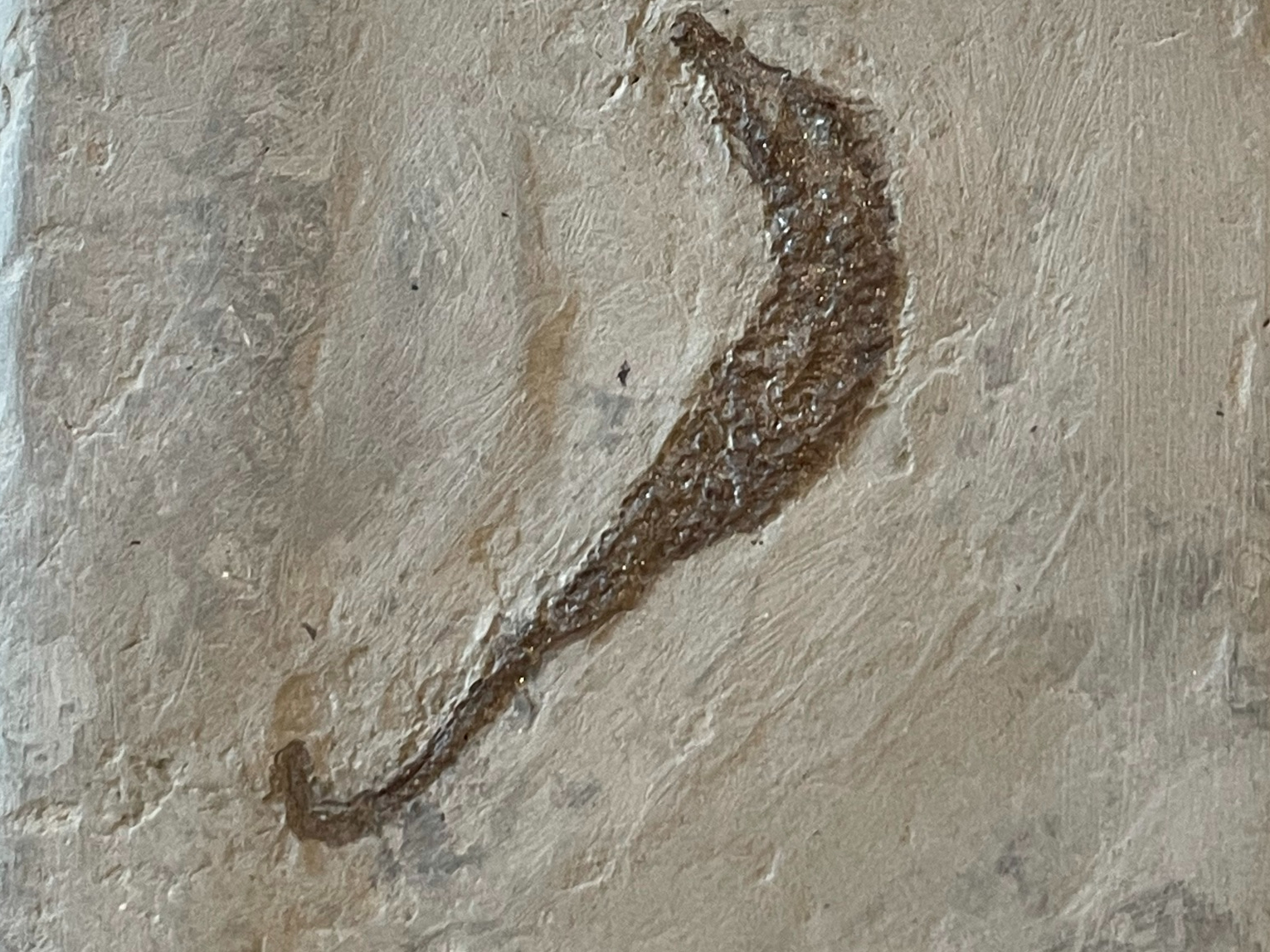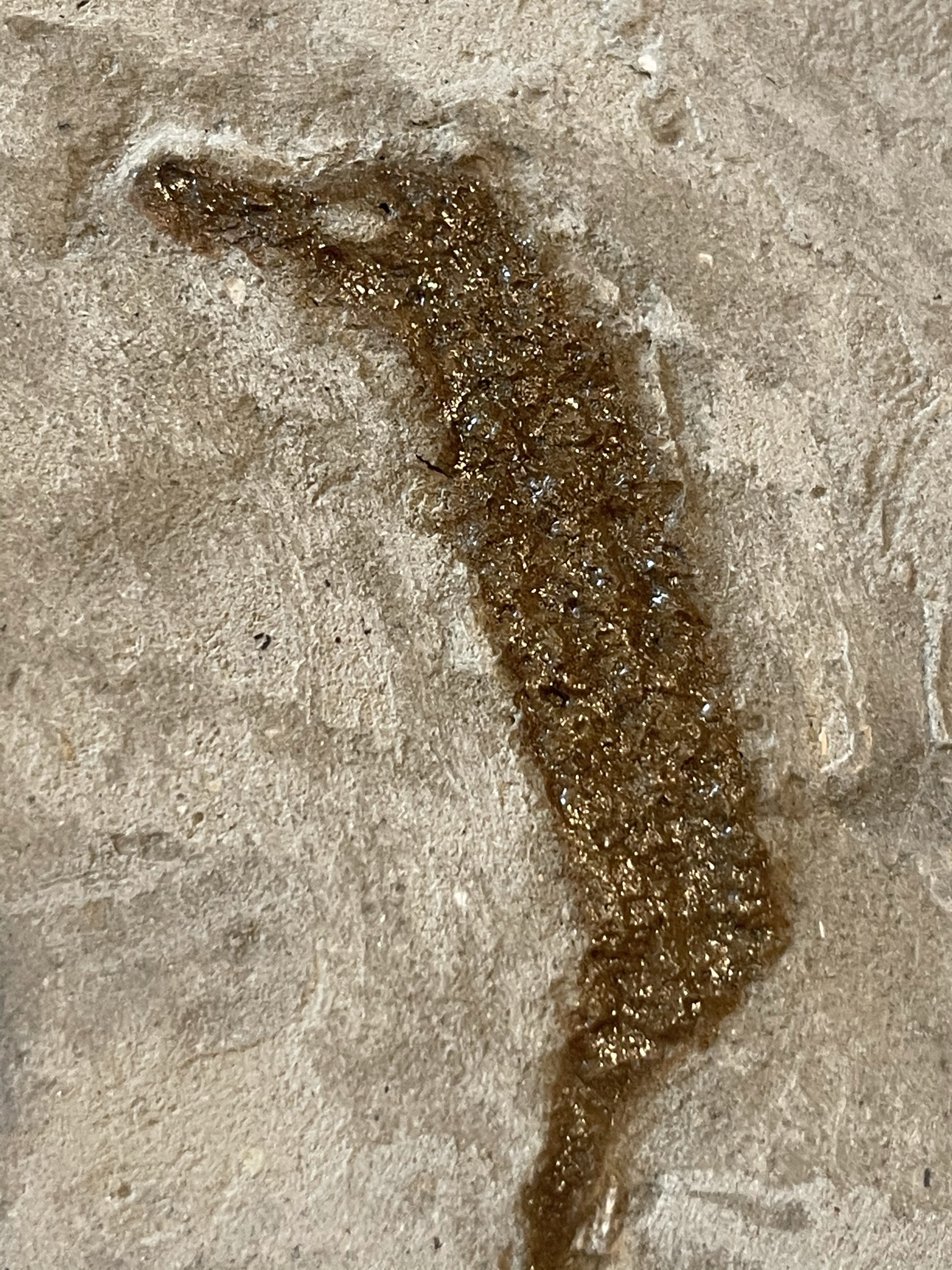
Fabulous Seahorse Fossils
Italian Hippocampus ramulosus seahorse fossils from the Poggio Berni Pliocene deposits. Very detailed fossils, buried alongside shell fragments, which appear to be in a directional flow, indicating rapid burial. Are also a fine example of a ‘living fossil’, showing that for as long as seahorses have been around, they have been doing what God commanded them to do in the beginning – reproduce after their own kind.
Fossil measures: 23 x 13 cm
- Post-flood deposit.
- Fossilisation appears to be from a turbidity current producing regional deposition across a now-uplifted sea floor.
- Causation event likely to be post-flood Alpine uplift (Alpine Mountains formation).
- Crushed shell fragments (appear to be mostly brachiopods) suggest regional flow during deposition.
- Result of a local catastrophic flow.
- Are ‘Living Fossils’, meaning that they haven’t changed ever since they first appear in the fossil record – no evolution.
- ‘Living Fossils’ is a term coined by Darwin himself – and are one of the biggest evidences against Darwinian evolution.
- Fossils either show no change (living fossils), change, but a loss of information (devolution), or extinction. Not one of these observed records give any evidence for evolution in the slightest.
- 3 specimens in the UK collection at the moment – one for the UK, USA, and Australia.















